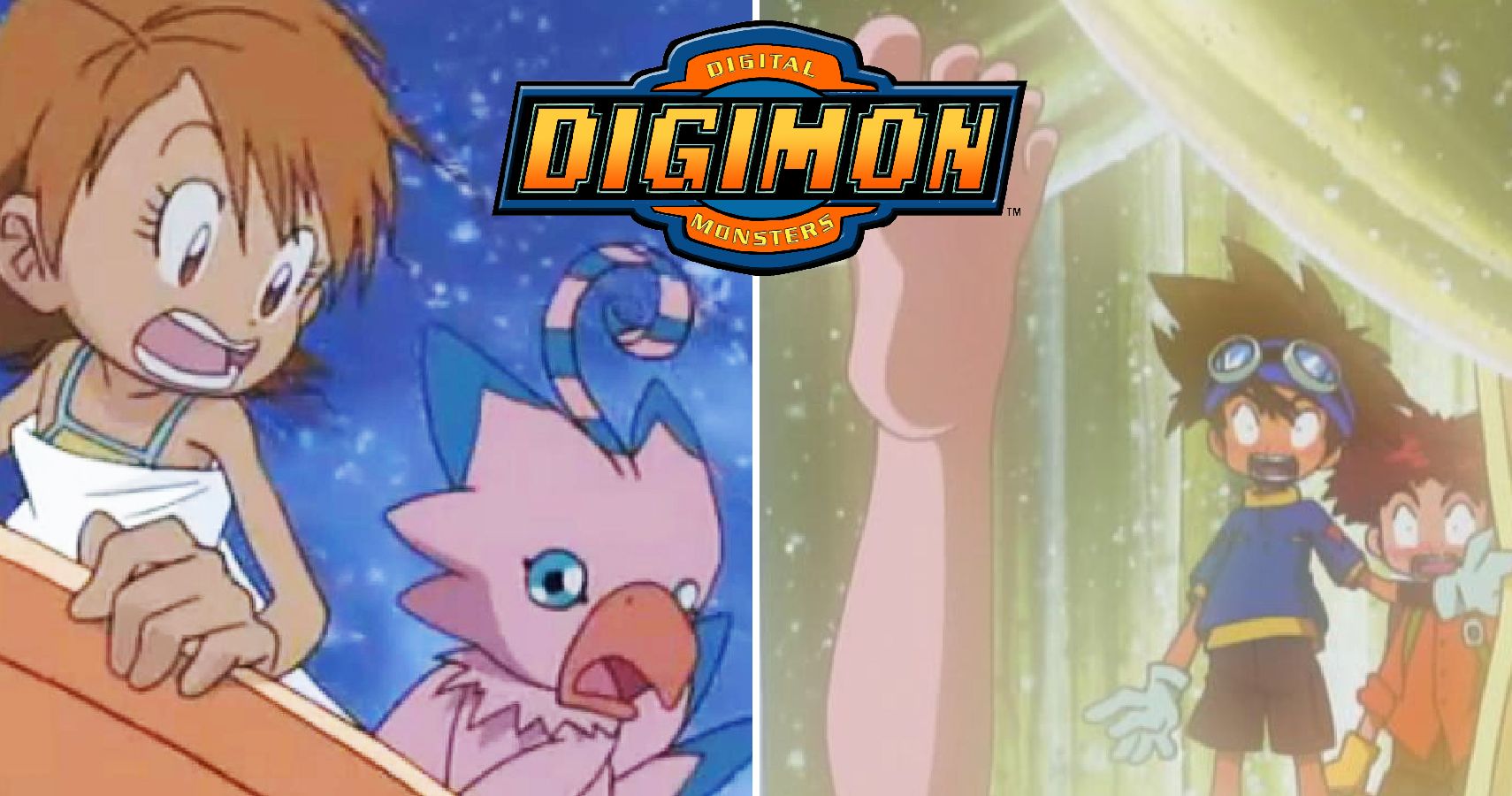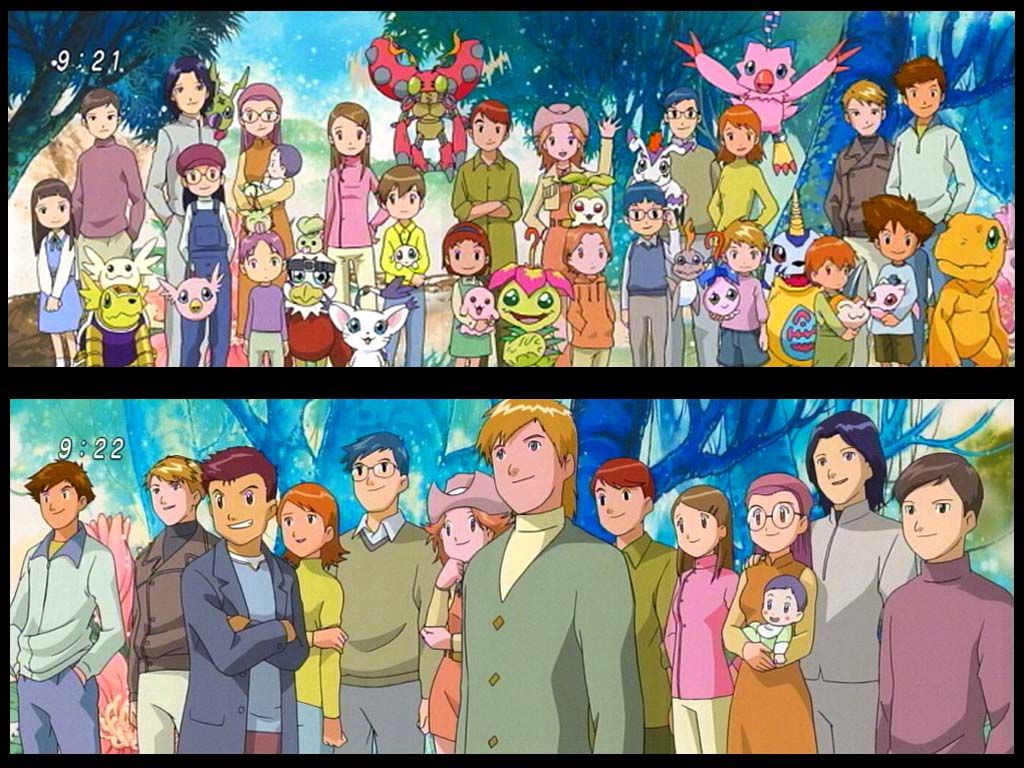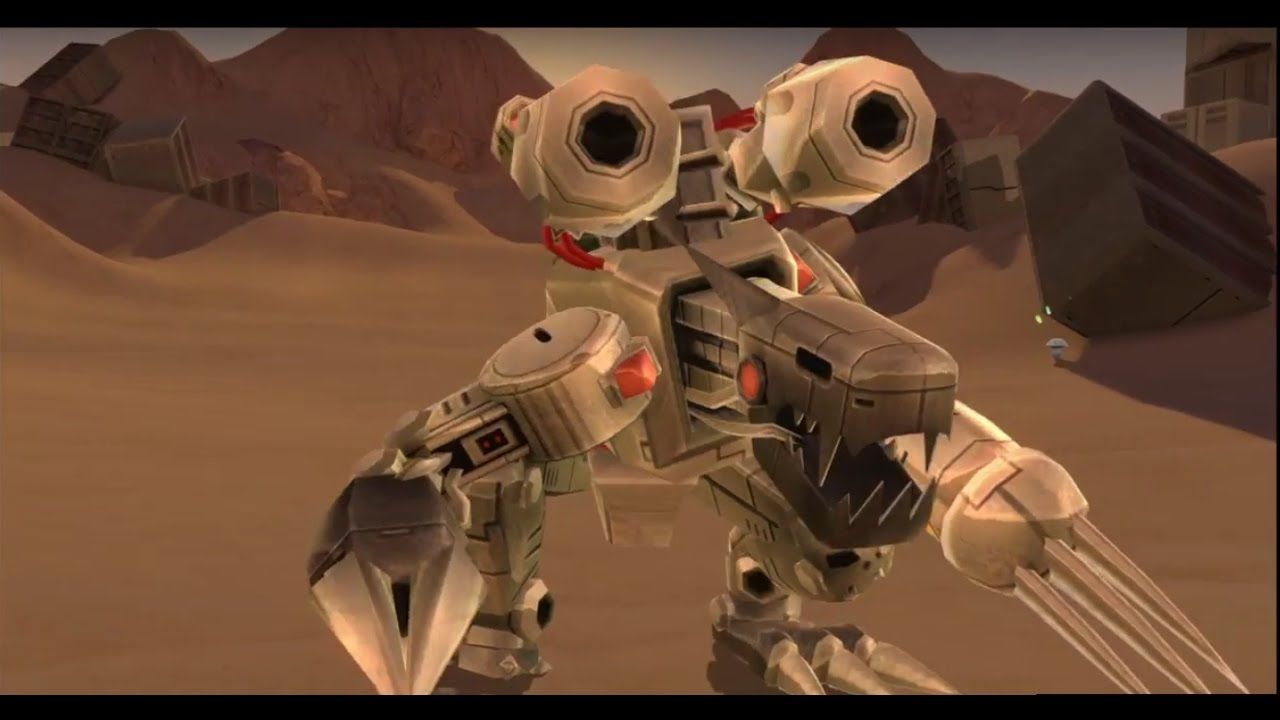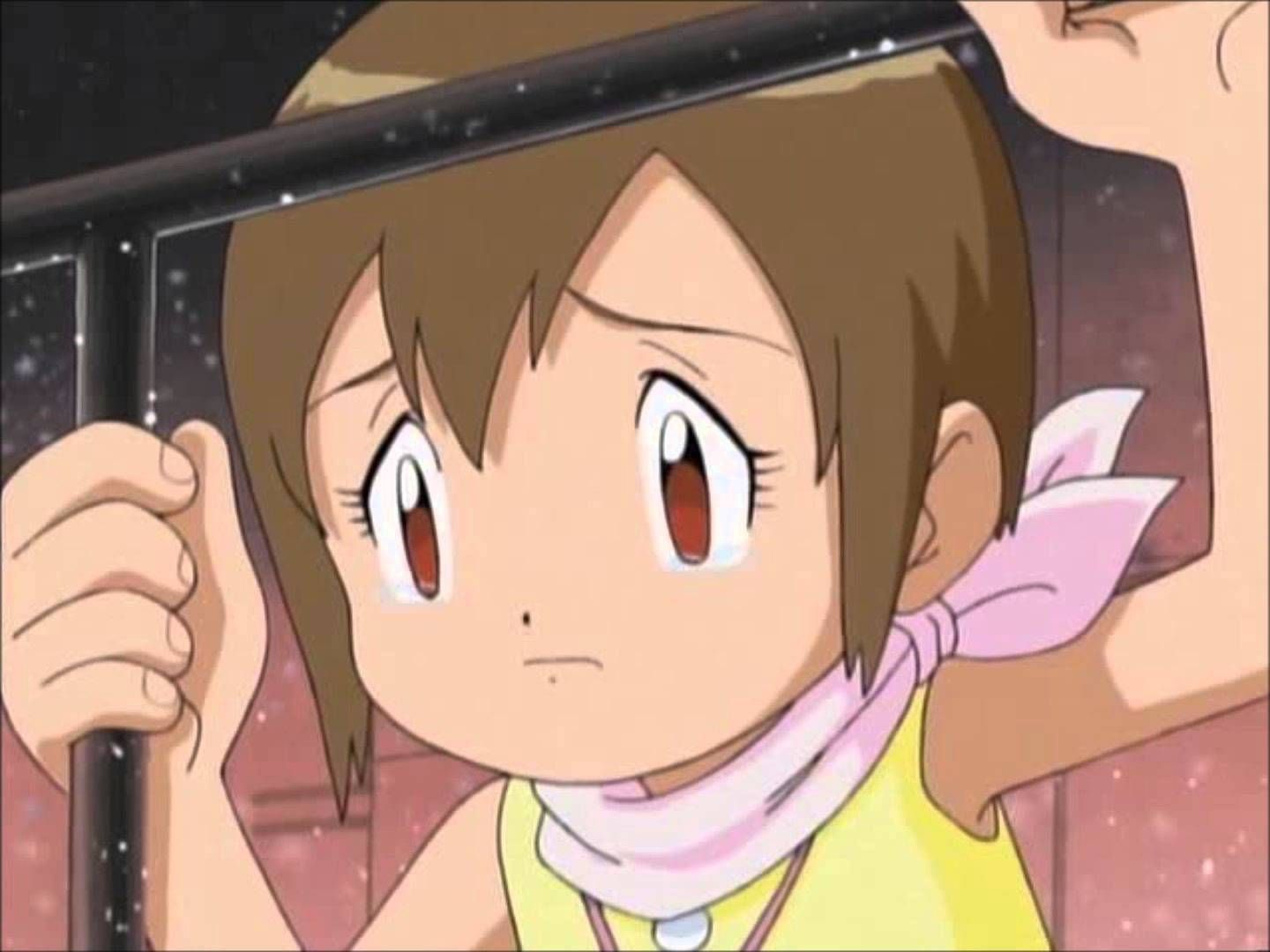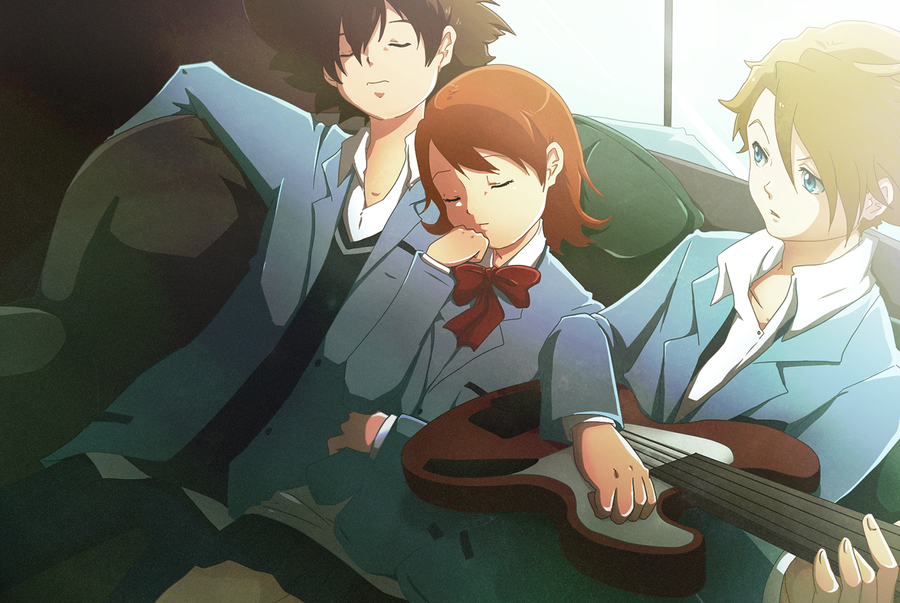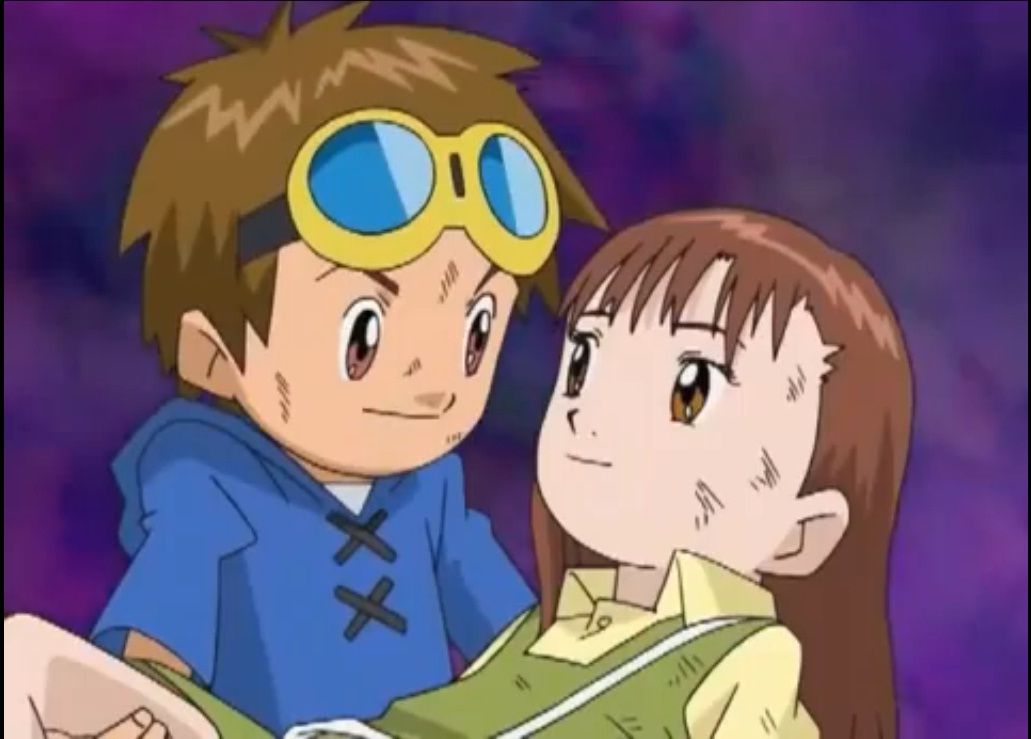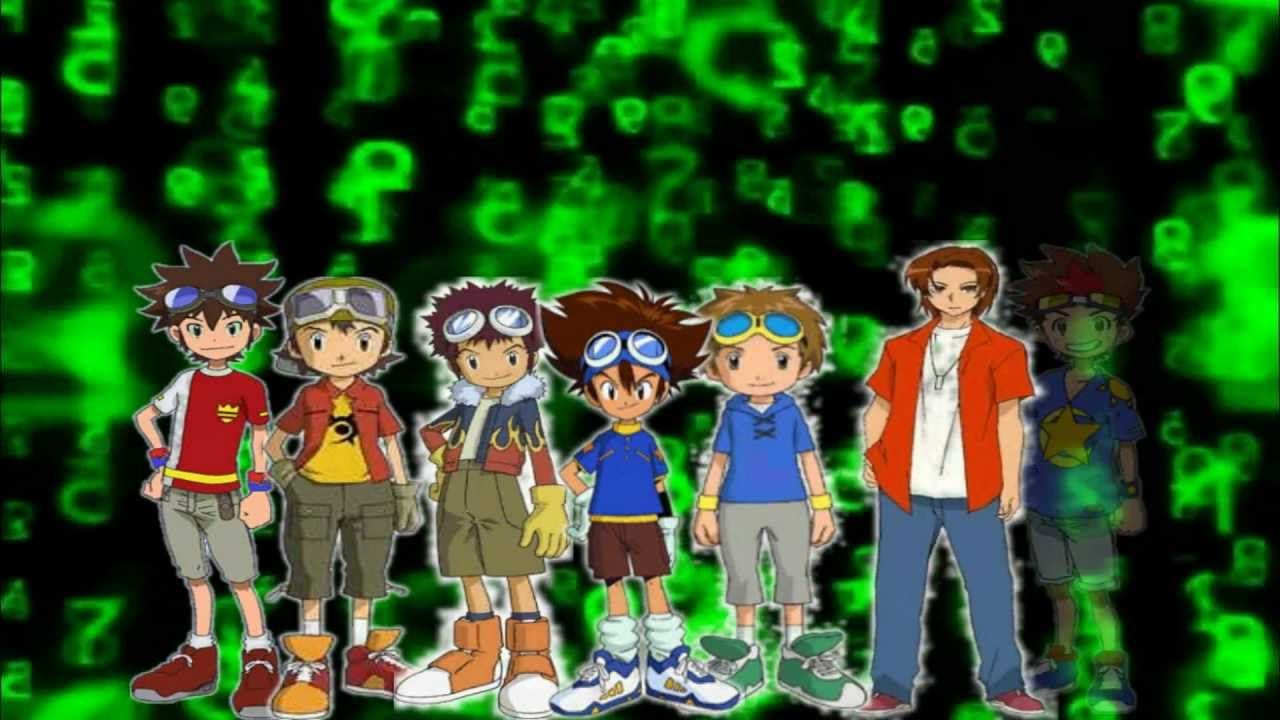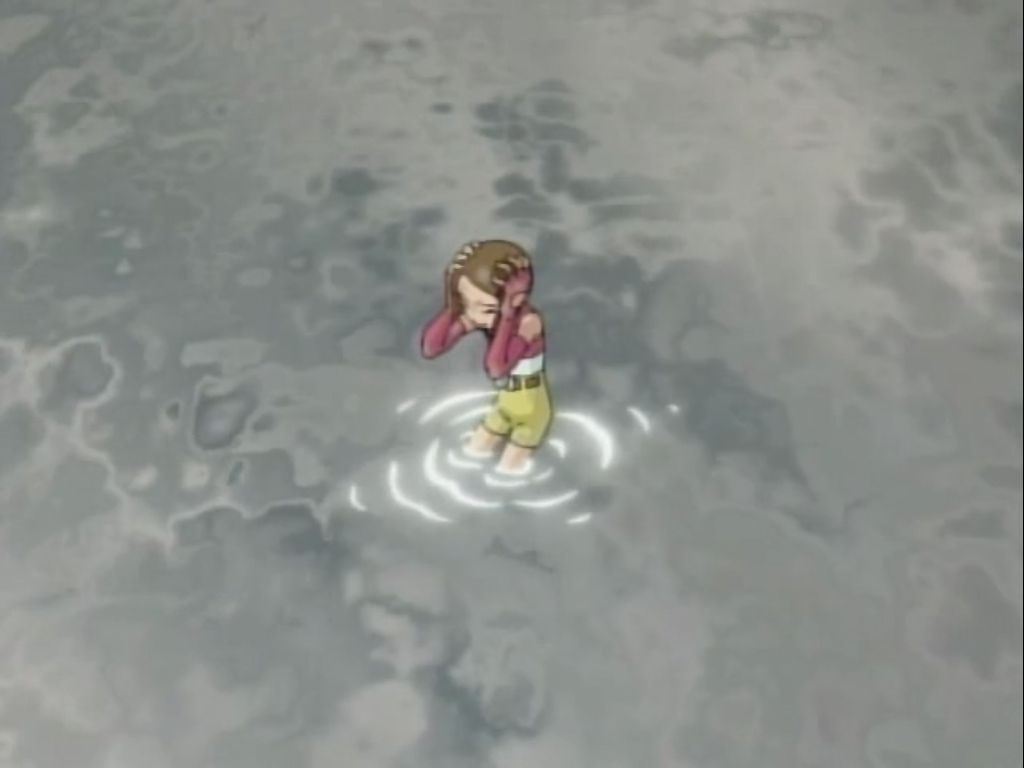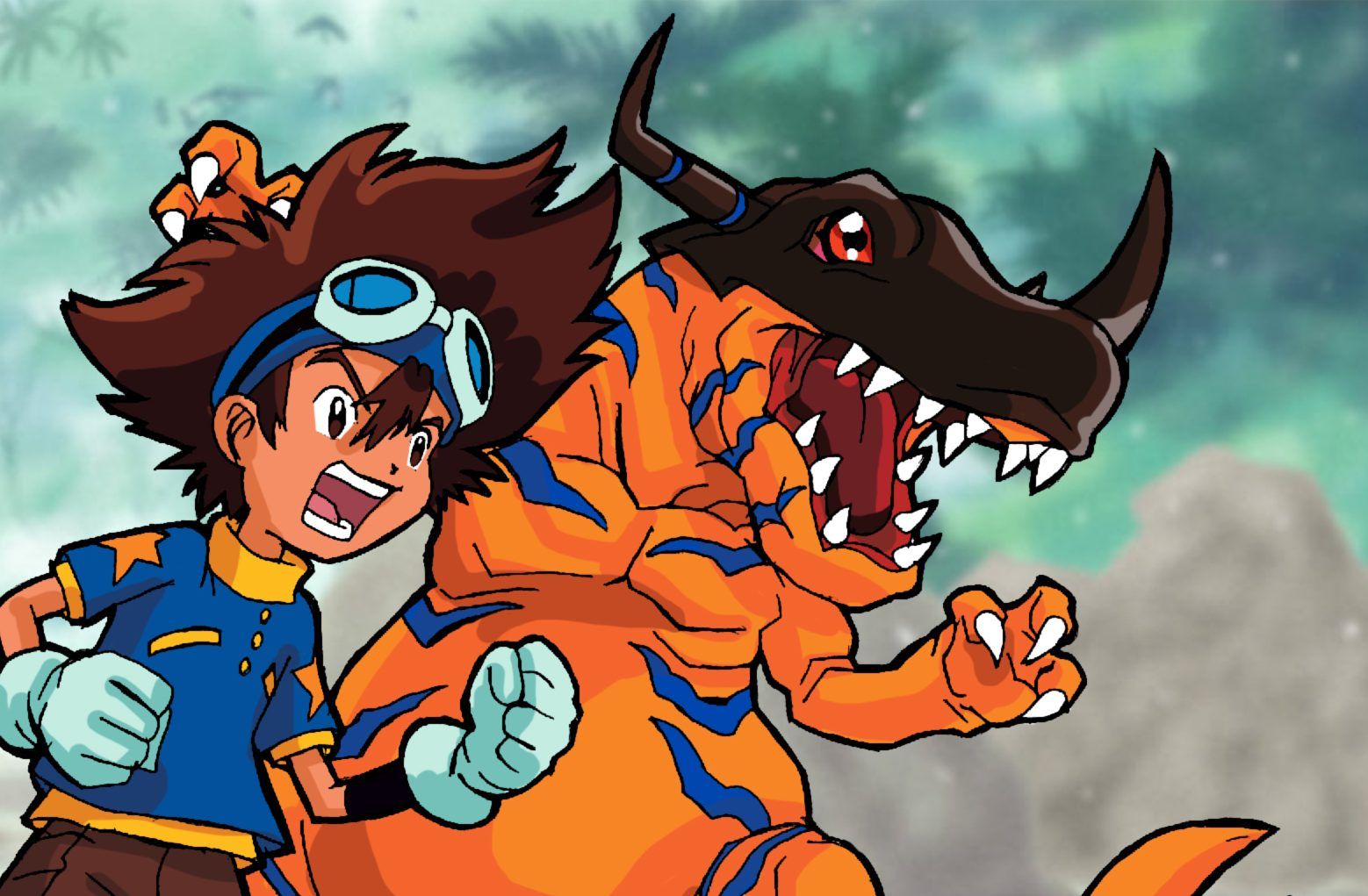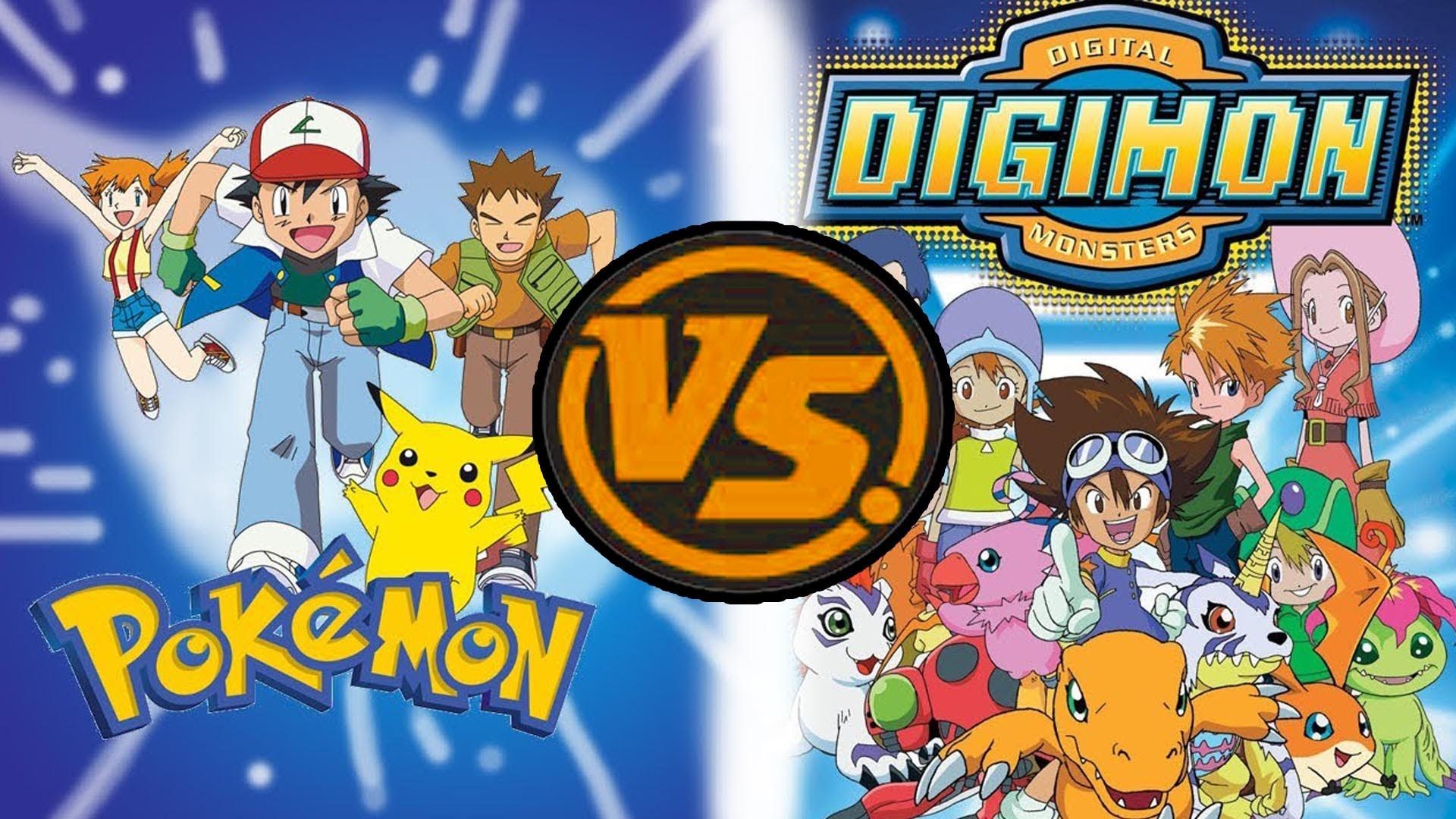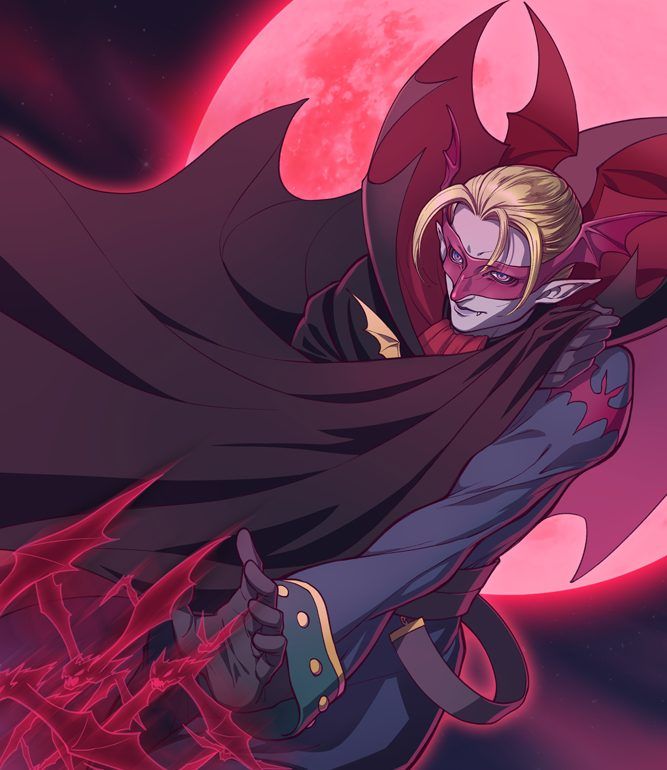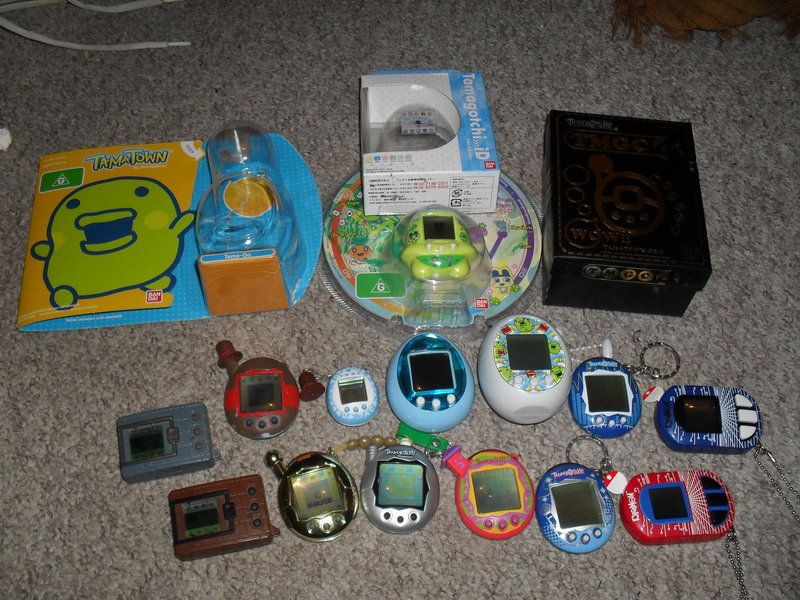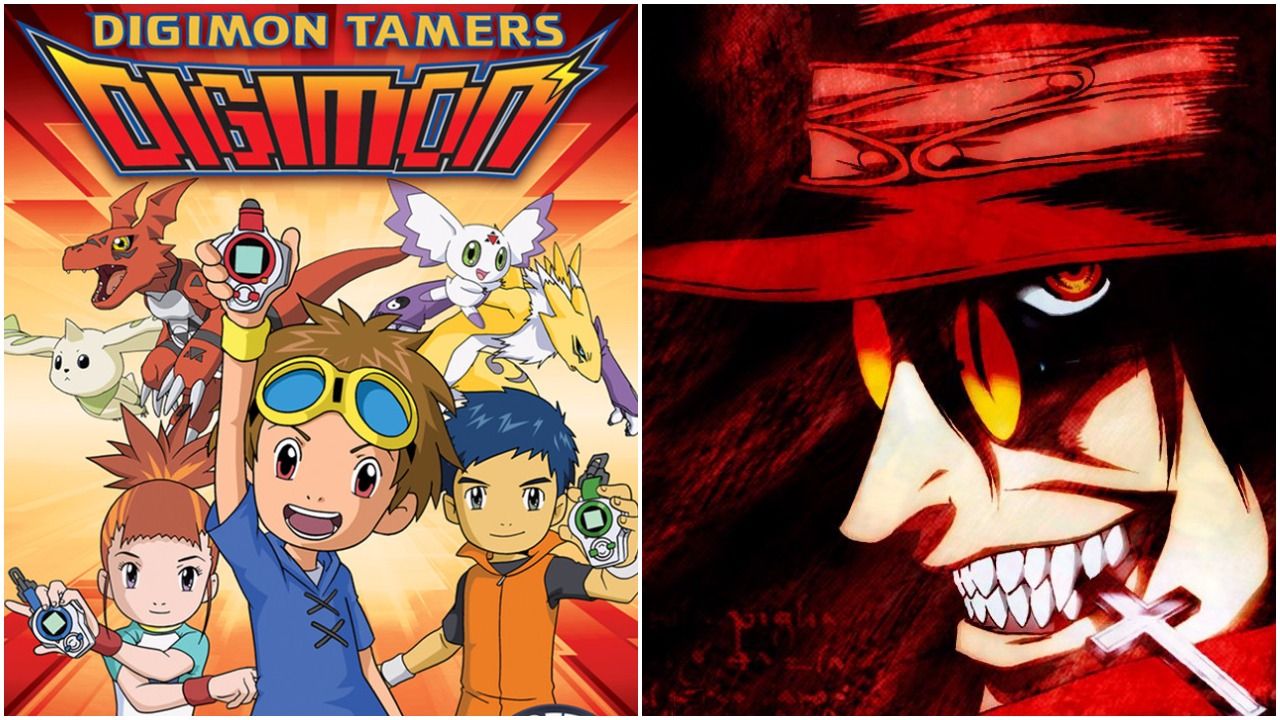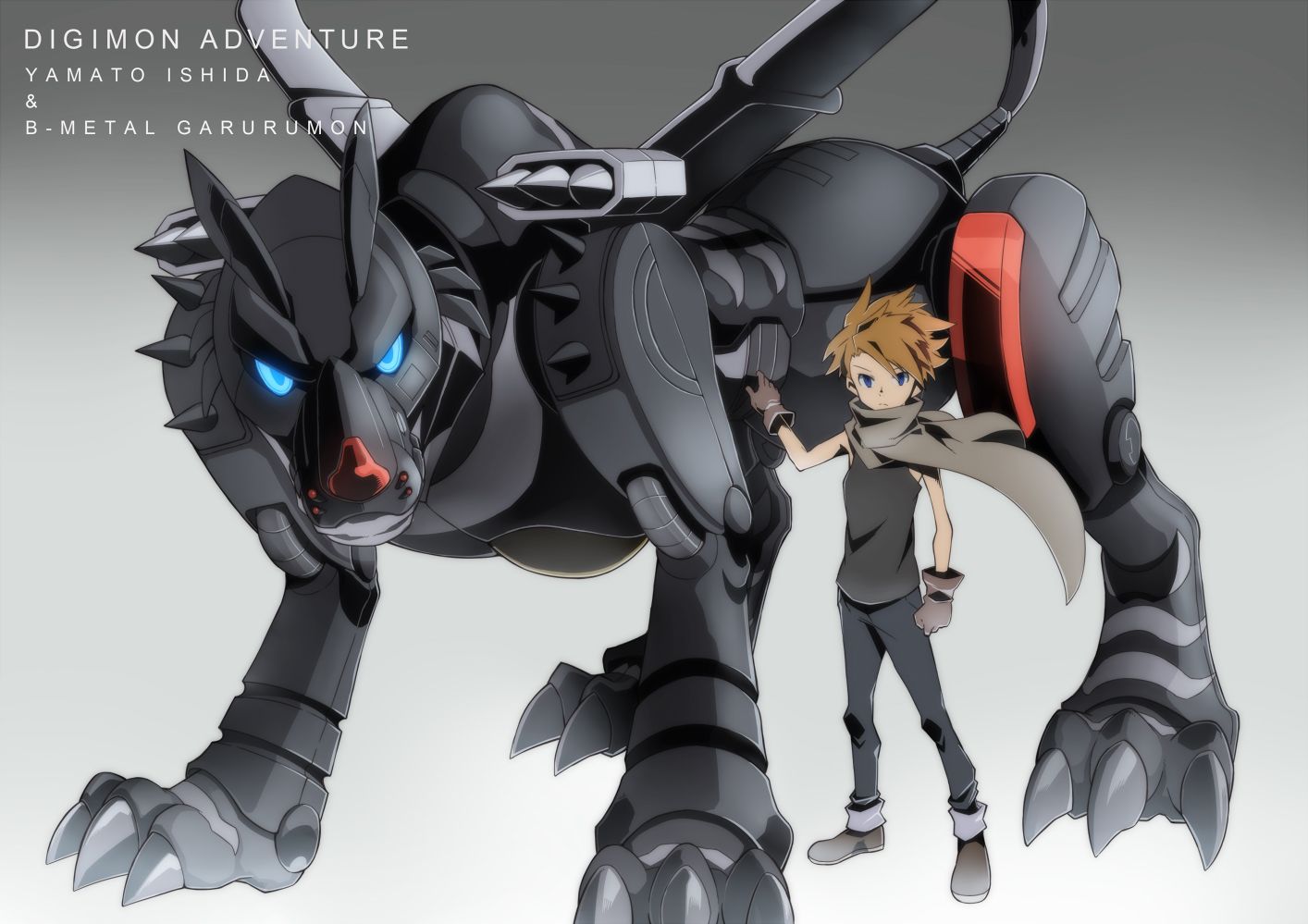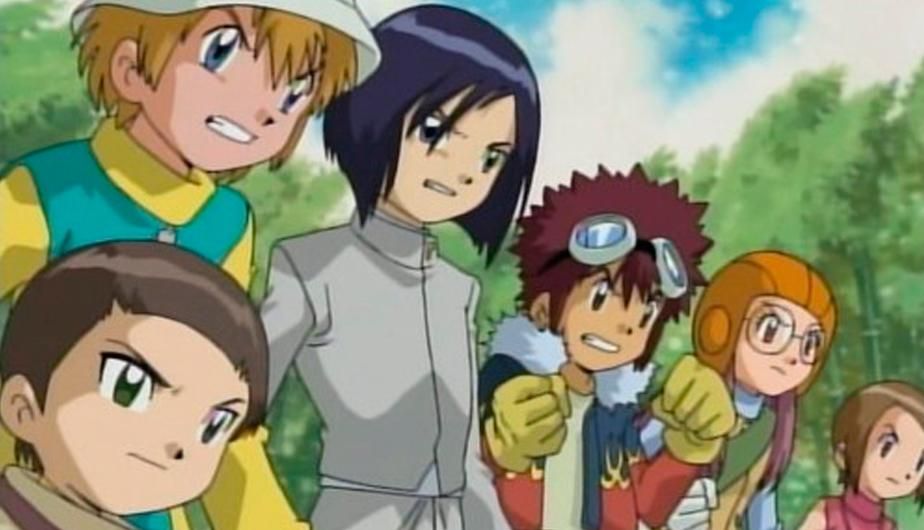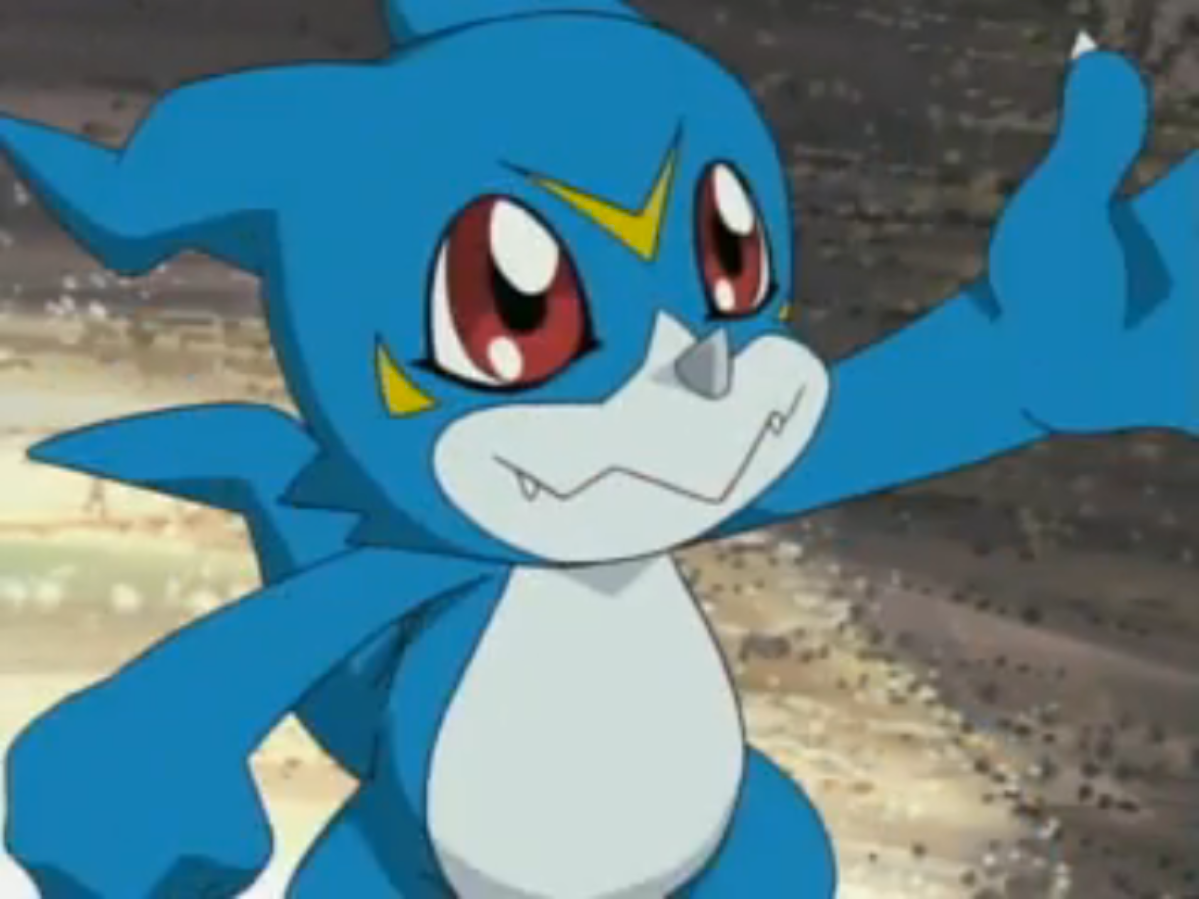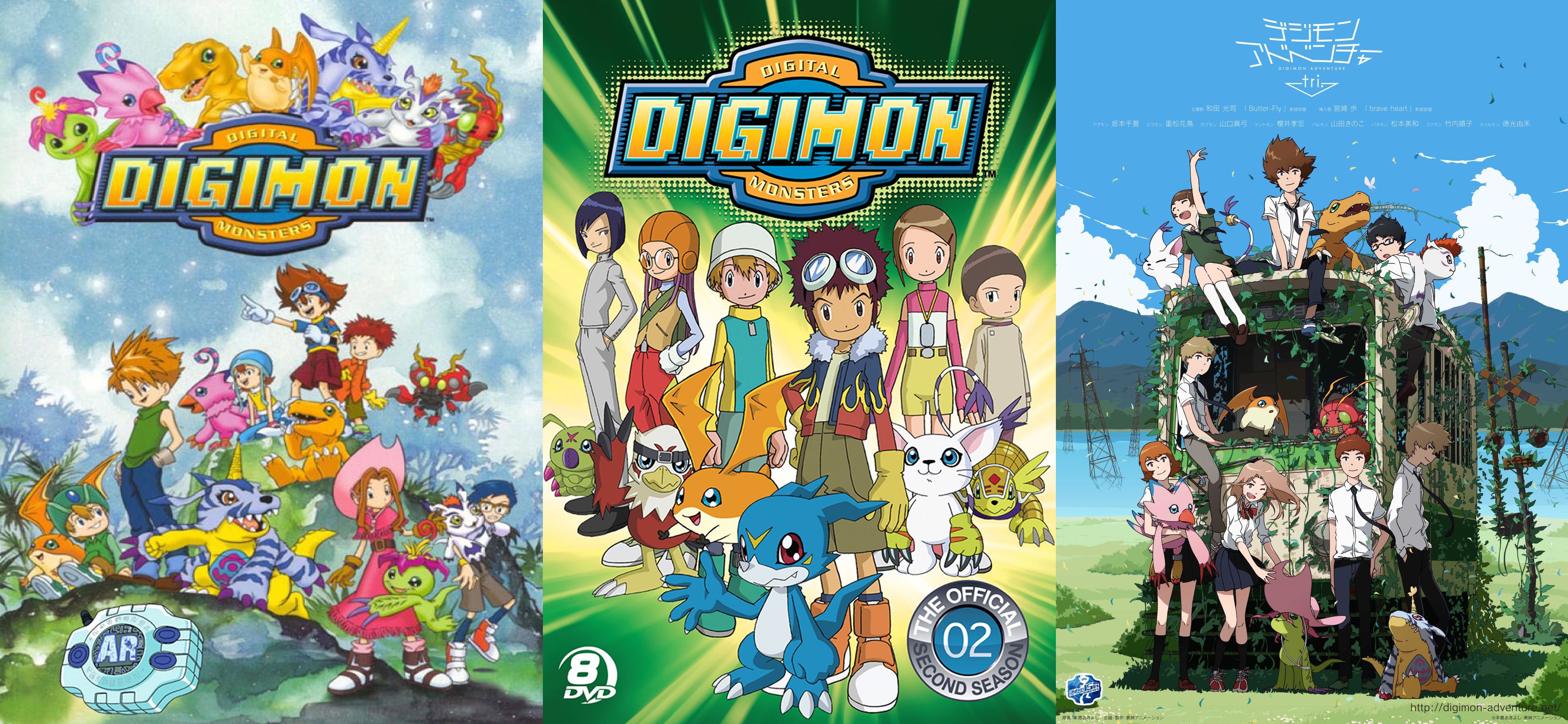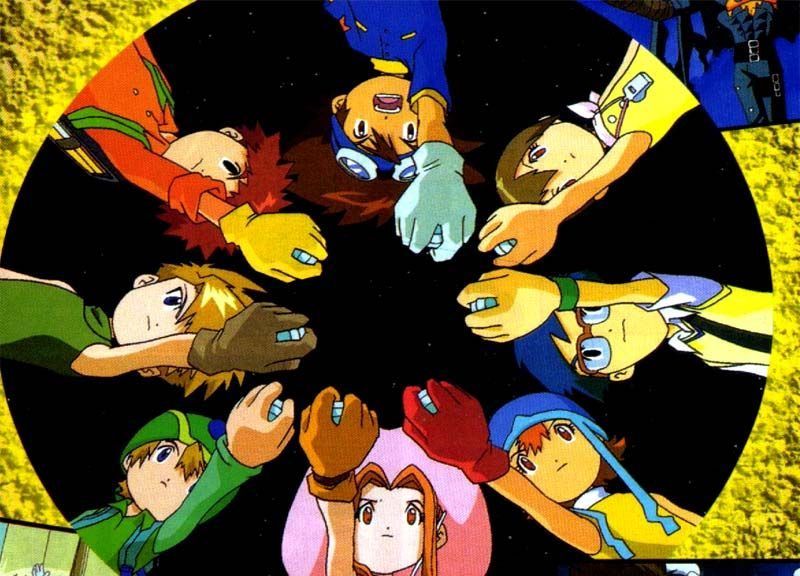Digimon belongs to a special class of anime. No, not monster anime, although it did air at a time when Pokémon clones were running rampant. Digimon actually did its own thing, and told a fun yet sometimes dark story that often surpassed Ash's latest adventure. But the class I'm referring to is much more magical. Digimon belongs to a unique category of television known as...'90s anime.
Laugh if you will, or feel free to roll your eyes, but the 1990s and early 2000s were truly a special time for anime. Just not for the reasons many nostalgia-driven articles will claim. The real reason '90s anime was so amazing was that it was simultaneously wildly imaginative and heavily edited. The anime of today are just as creative, if not more so, but they certainly aren't as terribly and needlessly censored. And it was those acts of censorship that often made '90s anime into a beautiful mess.
As a product of its time, the English-dubbed Digimon anime had no shortage of edits. Strange choices were made, such as to completely change a Japanese-sounding name but leave in a dirty joke. Even before the dub, secret writer fights and odd miscommunications warped the production of Digimon. Yet despite all of this, the fantastic story of children and their digital friends endured and became a pop culture icon. Forget Pikachu. Here are 25 behind-the-scenes facts about the creation and writing of Digimon.
25 Where Are They Now?
Another thing the Digimon series did better than Pokémon was that it actually had the characters grow and mature. Whereas Ash is somehow still ten years old to this very day, Digimon season two actually finished with the gang growing up and getting jobs. Tai surprisingly became a diplomat. Matt ended up an astronaut. Sora, despite being the tomboy of the group, got a job as a fashion designer. Mimi became a celebrity chef. Izzy naturally went into science and became a researcher of the Digital World. Joe finally finished his studies and achieved his dream of being a doctor. TK was a novelist. And finally, Kari got to fulfill her dream of being a kindergarten teacher.
24 The Ultimate Weapon: Censorship
In the episode titled "My Sister's Keeper," there was a giant metal dinosaur Digimon called Machinedramon. Like many Digimon do in the show, it goes on a rampage and can only be stopped by the main characters and their Digimon pals. However, there was one part of Machinedramon's attack that was never seen by American viewers. During the battle, which takes place in a city, Machinedramon shoots one of its cannons and takes out a tall building. Unfortunately for it, those cannons weren't powerful enough to withstand the power of censorship. The scene of the building being destroyed was ultimately taken out of the American release, because the episode aired too close to 2001.
23 Kari The Accident
Okay, so maybe Kari's parents actually did plan to have her. That's their business. But in terms of the plot, Kari was an accident. By that I mean she was not originally planned to be a Digi-destined. It's strange to think about considering she was so crucial to the Myotismon arc and much of season two, but Tai's little sister was originally planned to be just that, and nothing more. But when the series took off, getting more than 13 episodes, the show runners wanted to add more Digi-destined to the mix. That's when Kari was given a promotion. And at such a young age. What a go-getter.
22 This Couple Never Had A Chance
Even though the series made a big deal out of the love triangle between Tai, Sora, and Matt, the writers had their ideal couple picked out from the very beginning. Sorry Tai and Sora fans, but Matt and Sora were destined to be together from the start. What's interesting is that this development was actually planned as early as the original 13 episode order. Yet we were made to wait two seasons for it to actually happen. Then again, it's actually kind of amazing. Anime has this habit of characters meeting their future husband/wife when they're teenagers. I don't know about you, but I wouldn't have been looking for love in the digital world. I would have been too distracted fighting monsters with my awesome ice wolf.
21 Perfect Circle
There's no telling whether this was coincidence or not, but the plots of first three seasons were mirrors of one another. The season one and two arcs are all about kids who are thrust into the digital world, and must fight battles there to earn the right to go home. But season three's story was focused on kids in the real world. It's only later that the Tamers kids must take the fight to the digital world. At the time, the plot of Tamers really blew my mind. What kid didn't imagine having their own Digimon pal? But season three showed the grim realities of a world where super-powered digital creatures were pitted against one another. In a way, it makes one yearn for the simpler, more light-hearted adventures of season one and two.
20 Surprise Destiny
Juri Katou was an annoying character at the beginning of Digimon Tamers whose sole purpose seemed to be to annoy Takato. She carried a weird puppet and said really random things. And that was all the writers had intended for her, to be a weird side character. However, when the D-Reaper arc was planned, Juri ended up being changed into a crucial character and love interest for Takato. As such, her random habits had to be suddenly explained. Her puppet was shown to be the product of past trauma, a shield that she was hiding behind. With encouragement from Takato and a bond with Leomon, she was able to come out of her shell and engage in normal conversation. Then Leomon died and Juru basically lost her soul, but that's a story for another day...
19 Shared Universe
Digimon was doing the shared universe before Marvel. It was just that nobody but the writers knew it. Every Digimon series is actually meant to connect in some strange, unexplained way. This was revealed in Digimon Fusion episode 24 "Of Young Hunters Who Leapt Through Time," where every Digimon protagonist is summoned to one place to fight a great evil. It's not explained exactly how they all can exist in one plane, they just do. It's especially strange considering that in Digimon Tamers the Digimon franchise is actually a thing. As in, Digimon is a TV show and a corresponding card game. So that's at least one universe that shouldn't fit with the rest; it's meant to be the "true reality." But there's Takato, fighting alongside the rest. Who knew Digimon had such complex lore?
18 The Arc That Could Have Been
Maybe Kari knew she was a last-minute addition, because she had a whole arc about her depression and worry. Remeber the Dark Ocean? Where Kari encounters this weird body of water that preys upon her worst doubts and fears? Well, it turns out that the Dark Ocean arc was supposed to be a much bigger, better arc. It was one of those season two ideas that ended up being mangled by the writer disputes. At first, the idea was for it to appear as early as episode one and really be used to explore the dark sides of our heroes. But one of the writers must have argued that Digimon was meant to be a kids' show, because the arc was heavily cut down to fit with the show's lighter and more humorous themes.
17 The Truth About Greymon
Veemon was certainly a mystery, but before I even got to him I was already questioning Digimon naming logic. Let's talk about Greymon. Let's talk about how this orange T-rex isn't even a little bit grey. So what gives? Apparently, he was supposed to be named Greatmon, but the word "great" was misspelled, leading to him becoming Greymon. How someone looked at that and thought "sure, that makes sense" I'll never know. But here we are. At least now I can put one of my childhood's greatest mysteries to rest. Now to find out how Ash is still ten years old...
16 Low Expectations
The series was initially planned to last for only 13 episodes. That's because it was never meant to be the pillar of the Digimon franchise. The Tamagotchi-esque device came first, followed by a video game. Like many cartoons of the '80s and '90s, Digimon was just supposed to be a series of half-hour commercials for the toys. Specifically, the Digimon cartoon was to be released in tandem with the PlayStation game Digimon World. But when the show became unexpectedly and wildly popular on its own, more episodes were quickly ordered. In a twist, the Digimon device faded into history, the games did okay, and the show ended up being the franchise's legacy.
15 Not Just A Ripoff
Digimon was actually more popular than Pokémon for a hot second. Back in May of 2000, Digimon took first place in Nielsen ratings as the most watched television program for children aged 2-11. That basically means that, for that one month at least, more kids tuned into Digimon than they did Pokémon. In the U.S.A. only, of course, as the Nielsen ratings only reflect the viewership in that country. Still, it's an impressive feat as Pokémon was the fad of the late '90s, and Digimon was always looked down upon as an uninspired copycat. But Digimon fans know that, even if the games and cards couldn't match Pokémon's, the Digimon anime was always the better of the two.
14 You Got Your Scripture In My Digimon
Myotismon, a demonic vampire Digimon, is one of the series' major antagonists. A whole arc is dedicated to his plan to invade the real world. It seems the writers decided that his appearance on planet Earth was the perfect time to get biblical. In the plot, he was prophesied to appear on the sixth second of the sixth minute of the sixth hour. Of course, this references the fact that the number six hundred and sixty-six is considered an unholy number in scripture. This is surprising when one considers that most religious content was heavily censored in anime dubs.
13 Unexpected Origins
Digimon is owned by Bandai, owner of famous brands such as Power Rangers, Pac-Man, and Ben 10. But in the '90s Bandai was making waves with Tamagotchi, a little digital device that was programmed to act like a pet. The little creature on the screen needed food, cleaning up after, and love. It was a hit with children both in Japan and Western countries...except for one demographic. Bandai was unhappy with how Tamagotchi was performing with young boys, so it put a team on making a version that boys would like. The answer, naturally, was to make them fight. So it was that Digimon was born. The first Digimon were the little rectangular devices on the left side of this picture. Like Tamagotchi, they needed care and love to grow. But they also needed to link up to other Digimon devices to battle and gain experience. So much for getting a pet to teach responsibility.
12 The Dark Mind Behind Digimon
The third season of the anime, known as Digimon Tamers, is famous within the fandom for presenting a much darker and realistic take on Digimon. The Digimon and their child partners are forced to confront the notion of mortality, and the fact that Digimon must kill one another to get stronger. From the beginning, the premise seems to be that "it's not a game anymore." Later on, Tamers also tackles issues like government conspiracies, trauma, and neglectful parents. But why the sudden shift in tone and subject matter? That might be the work of Chiaki J. Konaka, a new addition to the story team for Tamers, who also worked on anime like Hellsing and Serial Experiments Lain. He loves Lovecraft, and often tries to explore psychology in his work. So yeah, that would do it.
11 Plot Twist
At one point, the writers wanted to have Matt go full villain. The planning of season two was an awkward event to say the least (you'll find out exactly why later on!). The writers had several disputes over where exactly to take the new iteration of Digimon. Many story arcs were planned, then scrapped, then brought back in an endless cycle of poor communication and half-baked ideas. One of these ideas was to have Matt become a "dark Digi-destined." Since he had a bit of a dark side in season 1, some of the writers thought it would be fun to explore it more in-depth. Instead, however, they created a new character, Ken, to fill the role of an evil Digi-destined. A good move, but it's fun to imagine what Matt would have looked like in the Digimon Emperor outfit.
10 Beef Behind The Scenes
The show got so popular so fast, that production for Digimon Adventures 02, the second season, started long before the first season even ended. As a result, the writers found themselves unsure of what direction to take the second season in. How can you write the sequel to an unfinished story? This led to many disputes in the writers' room, where writers would pitch ideas only to have them shot down by their colleagues. But when they couldn't agree, they dredged up the old ideas in half-baked forms. This lack of consensus is why there were so many filler episodes in the back half of the second season. When they couldn't agree on bigger ideas, they just threw a bunch of smaller ones in.
9 The Season That Never Was
Things got weird in the writers' room even after the season two debacle. Although they were much more in alignment when the time came to create season three, some of the writers still pitched some odd ideas. At one point, the idea was pitched for the third season to be about Digimon coming from outer space. Yes, alien Digimon. While that didn't happen, the theme of invasion can still be seen in season three, Digimon Tamers, as the Digimon are coming into the real world from the digital one. When you think about it, the concept is also very similar to the Ultra Beasts in Pokémon Sun and Moon. Looks like Digimon beat Pokémon in something other than ratings.
8 You'll Never Guess What The "V" Stands For
Another fact on this list mentions the origins of Digimon, that they were a spin-off of Tamagotchi made for boys. But the truth actually goes deeper than that. Before the name Digimon was bestowed, the prototype of a fighting Tamagochi was called a V-Pet, as in "virtual pet." While the name was eventually changed, it was still remembered by the Digimon team. Series 2 Digimon Veemon gets the "Vee" part of his name from V-pets. And while that's neat, it does seem like a rather inside joke. How were kid viewers supposed to know about the prototype name of Digimon? I went my entire childhood without knowing what the "Vee" in Veemon stood for...
7 Pen Name
The creator of Digimon, Akiyoshi Hongo, doesn't actually exist. In truth, it was three people that were recognized as putting the most work into creating the franchise: Aki Maita, the co-creator of Tamagotchi, Hiroshi Izawa, the author of the first Digimon manga, and Takeichi Hongo, who was the director of marketing at Bandai. Their three names were combined to make up Akiyoshi Hongo. This is actually quite a common thing in Japan, where co-collaborators will combine the characters of their names to make an entirely new one. It's a similar practice to that of a Western actor using a stage name. In fact, many performers in Japan will deliberately choose a stage name that sounds like an average Western name.
6 The Name Game
It's no secret that, like many anime of the '90s, Digimon was heavily edited for the Western audience. We already talked about how Machinedramon's rampage had to be toned down for American kids. But you might be shocked to learn that the editing even went as far as renaming characters. The Digi-destined themselves had their distinctly Japanese names changed for the English dub. Tai's original name was Taichi Kamiya, Matt was Yamato Ishida, TK was just shortened from Takeru Takaishi, and Izzy's name is actually a shortened version of his original family name Izumi. The same thing was done to Pokémon (Ash is known as Satoshi in Japan), so I guess production companies in the '90s just thought that Japanese names would be too complex for English-speaking kids.

